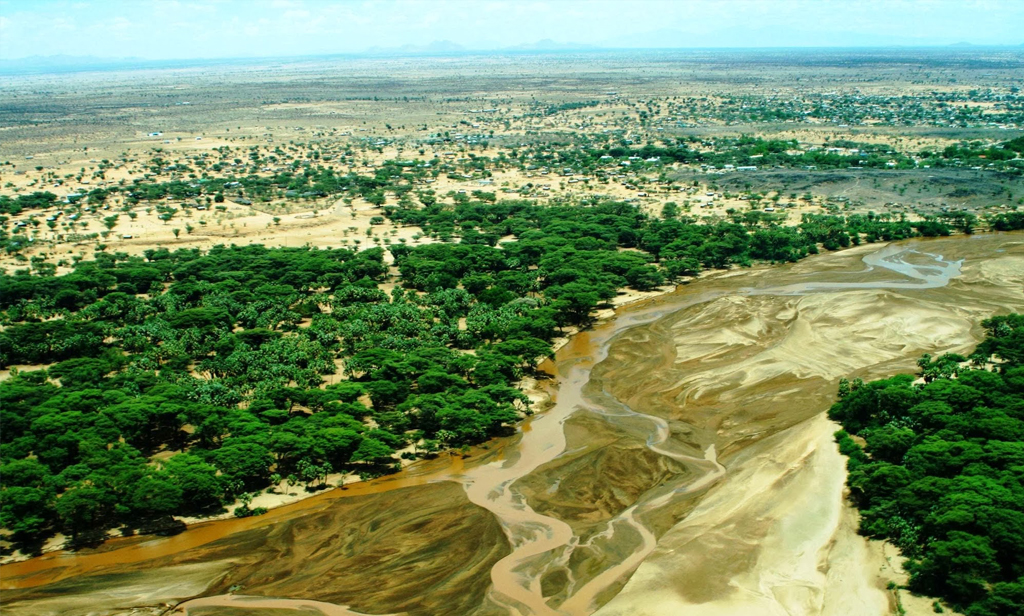Ecosystem Based Adaptation

Ecosystem based Adaptation (EbA) is a relatively new but promising adaptation tool recommended by the parties of both the UNFCCC and CBD, especially for vulnerable countries and areas. EbA operates at ecosystem level and aims to increase resilience and decrease vulnerability of both the ecosystem dependent population and other biological communities by intervening in measures that enhance biodiversity and maintain the flow of ecosystem goods and services. EbA draws its strength from well accepted community-based natural resources management (CBNRM) framework and provides a cost-effective adaptation as well as disaster risk reduction strategies and tools for use by both forest ecosystem and community development managers at local levels through community participation and biodiversity monitoring. EbA can also contribute to climate change mitigation through the preservation or sequestration of carbon by employing tools such as REDD+ and Climate Smart Agriculture (CSA). In Nepal, implementation of mountain EbA (MoFSCF/UNDP/UNEP, 2010), indicated that an integrated EbA that embraces DRR as well as community based adaptation (CBA) concepts into one is most applicable for Nepal. In Panchase landscape, this approach is being implemented under `Situation Specific Adaptation Program (SSAP’.
It is therefore argued that adaptive management of an agro-forest ecosystems and landscapes in a river basin context should involve all stakeholders integrating both ecosystem management and DRR under one approach thus generating multiple dividends and outcomes. For a mountainous country such as Nepal, EbA based situation specific adaptation approaches are thought to be appropriate which CGED Nepal wants to further research on promote as an integral part of the green economic development strategy. Some of the areas where SSAP can be applied are:
- Disaster risk reduction and disaster management: Management of coupled human-environmental system is crucial for effective and sustainable adaptation. Long term adaptation requires assessment of local geology, settlement and historical disaster trend, indigenous and local practices of older generations, and local technology and materials. These factors seemed to have worked in the past to make Nepalese settlements adaptive and reasonably resilient. Given the reality that climate change creates unprecedented shocks and catastrophes, integrated disaster risk reduction and climate change adaptation planning and risk reducing design and construction measures such as raising the plinth level of house in Tarai, should be planned based on community perception, experience, knowledge and practices.
The growing impacts of climate change and climate variability on interconnected human-environmental system especially in the contexts of developing economy and fragile ecosystem is becoming unmanageable. Increased frequency and intensity of climate extreme events such as flash floods, prolonged droughts, forest fire, heat/cold waves, glacier melting, and massive landslides are causing increasing human sufferings and material damages. These changes will adversely influence the critical water, food, energy and biodiversity resources impacting overall human well being of the Nepalese population, especially those depending on climate sensitive food, water, energy and biodiversity sectors. Ecosystems in mountain context underpin the security of agriculture and forestry, public health, industry, biodiversity, energy and transport, as well as recreation and tourism sectors. Thus, managing them effectively using a multi-sector, multi-scale, multi-stakeholder and multi-disciplinary as well as ecosystem-based approach is key in the pursuit toward sustainable development.
